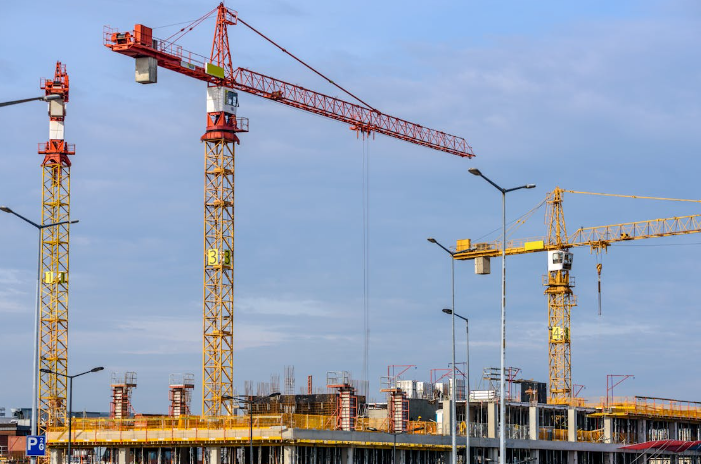How infrastructure development is supporting real estate market

In the last decade, infrastructure development has emerged as one of the most powerful forces shaping Kenya’s real estate market. The roads we build, the rails we lay, and the cities we plan are no longer just about movement; they are redefining where people live, invest, and build futures.
Take the Nairobi Expressway, for instance. Since it opened in 2022, the once-dreaded journey from Jomo Kenyatta International Airport to Westlands now takes just 20 minutes.
However, beyond easing traffic congestion, the Expressway has sparked a surge in real estate activity in areas such as Syokimau and Athi River. Property values in these locations have jumped by over 30 per cent, with residential estates, office parks, and retail centres emerging rapidly.
This demonstrates how strategic infrastructure investment can unlock real estate potential and foster vibrant, livable neighbourhoods beyond Nairobi’s traditional suburbs. The ripple effect is undeniable – improved access fuels investor confidence and drives housing demand.
This pattern is repeating itself across the country. Bypasses like the Eastern and Southern Bypass have turned once-overlooked suburbs like Kamakis, Ruiru, and Kikuyu into real estate hotspots.
In these areas, land that cost Sh2 million per acre five years ago now goes for more than triple that, thanks to infrastructure that has made them more livable, commutable, and investable. But Kenya is not just building roads. It is thinking bigger – and in many cases, through public-private partnerships (PPPs). These PPPs have become a key model for accelerating the country’s infrastructure rollout without overburdening public finances.
The Nairobi–Mombasa Expressway, for example, is a massive PPP project recently signed in 2024. Valued at $3.6 billion, it will stretch over 440 kilometres and is expected to reduce travel time between the capital and the port city to just four hours. It will unlock vast tracks of land along the corridor—places like Konza, Sultan Hamud, and Mariakani – are already seeing early speculative land buying.
Once construction starts in earnest, property prices in these locations are expected to climb sharply. Another success story is Konza Technopolis, Kenya’s most ambitious smart-city project. Located 70 kilometres south of Nairobi, it’s often referred to as Africa’s “Silicon Savannah.”
Though slow in its early phases, the recent completion of roads, electricity, and water supply has injected new momentum.
Universities, data centres, and tech start-ups are now setting up in the zone, and nearby towns like Malili, Isinya, and parts of Makueni are experiencing a noticeable surge in real estate activity.
Investors who got in early are already seeing the returns – and those who wait much longer might find themselves priced out. Even away from the highways, real estate is being reshaped by utility and power infrastructure. Projects like the Olkaria VI geothermal plant are providing the reliable energy needed to attract manufacturing and commercial investment in Naivasha and Nakuru. Meanwhile, ongoing improvements in fibre connectivity and 5G rollouts in Nairobi and Mombasa are boosting demand for smart homes and tech-enabled workspaces. Kenya’s real estate market is no longer driven solely by proximity to Nairobi’s Central Business District (CBD).
Instead, it’s being redrawn by corridors of connectivity. Each new road or rail line shifts the boundaries of opportunity, and each PPP opens the door for the private sector to participate in national development while earning returns.
For real estate professionals, this means we must keep our eyes not just on the city but on the blueprint of Kenya’s future—its infrastructure masterplans, budget announcements, and international investment deals. As we look ahead to 2025 and beyond, the outlook is clear. Infrastructure development—especially when done through well-structured public-private partnerships—is not just a catalyst for mobility, but a foundational pillar for real estate growth. The challenge and opportunity for investors, agents, and developers alike is to stay ahead of the curve: to understand not just where people live now, but where the next wave of infrastructure will allow them to live, work, and thrive.
The writer is a Sales Executive at Superior Home















